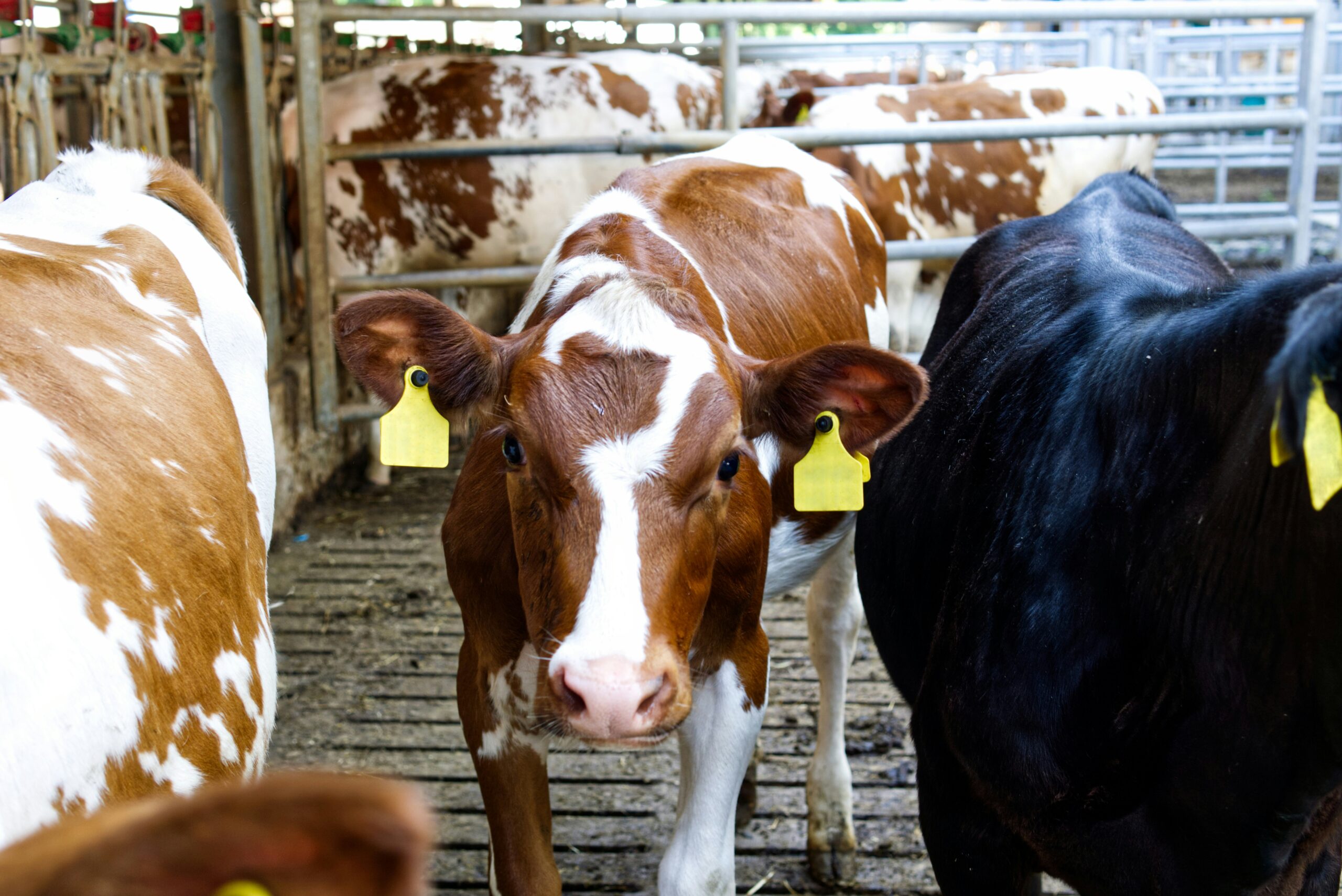How To Identify High-Quality Dairy Feeds in Kenya

In Kenya, dairy farming plays a crucial role in livelihoods and food security. However, the success of dairy farming heavily depends on the quality of feed provided to the cows. Selecting high-quality dairy feeds is essential for maximizing milk production and maintaining the overall health and well-being of the herd. In this blog, we’ll discuss how dairy farmers in Kenya can identify top-notch feeds to optimize their dairy operations.

1. Understand Nutritional Requirements:
– Before selecting dairy feeds, it’s important to understand the nutritional requirements of dairy cows at different stages of production, including lactation, dry period, and gestation.
– Consult with a nutritionist or extension officer to determine the ideal nutrient composition for your herd based on factors such as breed, age, weight, and milk production level.
2. Evaluate Ingredient Quality:
– Examine the ingredients listed on the feed label and ensure they meet the nutritional needs of dairy cows.
– Look for feeds that contain high-quality ingredients such as maize, wheat bran, cottonseed cake, soybean meal, and mineral supplements.
– Avoid feeds with excessive amounts of fillers, low-quality grains, or additives that may compromise digestibility or overall feed quality.
3. Check for Consistency and Freshness:
– Choose feeds from reputable manufacturers or suppliers known for producing consistent, high-quality products.
– Inspect the feed for signs of mold, dust, or foreign contaminants, which can indicate poor storage conditions or spoilage.
– Opt for freshly manufactured feeds to ensure maximum nutrient content and palatability.
4. Assess Nutrient Density:
– Compare the nutrient composition of different feeds and select options with optimal nutrient density to meet cows’ requirements without overfeeding.
– Consider feeds fortified with essential vitamins, minerals, and amino acids to support overall cow health and performance.
5. Analyze Feed Cost and Value:
– Evaluate the cost-effectiveness of various feed options by comparing the price per unit of nutrient content (e.g., cost per kilogram of protein or energy).
– Factor in additional costs such as transportation, storage, and handling fees when assessing overall feed value.
– Keep in mind that investing in high-quality feeds may yield greater returns in terms of improved milk production, reproductive efficiency, and cow longevity.
6. Seek Recommendations and Feedback:
– Tap into the knowledge and experience of fellow dairy farmers, veterinarians, and nutritionists for recommendations on reliable feed brands or suppliers.
– Attend agricultural fairs, seminars, or workshops where feed manufacturers showcase their products and provide educational resources.
– Solicit feedback from other farmers who have experience using specific feeds and inquire about their observations regarding feed performance and cow health outcomes.
Click this photo to access your gift 🎁

Conclusion:
Choosing high-quality dairy feeds is paramount for the success and profitability of dairy farming operations in Kenya. By understanding nutritional requirements, evaluating ingredient quality, checking for consistency and freshness, assessing nutrient density, analyzing feed cost and value, and seeking recommendations and feedback, dairy farmers can make informed decisions to ensure their cows receive the best possible nutrition for optimal health and productivity.







